
Create an Amazon Business Account

The main portal of the church of San Vicente Mártir was nearly destroyed in 1879, when the nearby tower fell. Here, eighty fragments have been used to reconstruct the monumental doorway.
Object Details
Title: Reconstructed Portal
Date: early 13th century
Geography: Made in Burgos, Castile-Léon, Spain
Culture: Spanish
Medium: Limestone
Dimensions: Overall: 195 x 212 in. (495.3 x 538.5 cm)
Classification: Installations
Credit Line: Fletcher Fund, 1923
Accession Number: 23.110.1–.100
Provenance: From the main portal of the church of San Vicente Mártir at Frías, Castile-León, Spain; [ Joseph Brummer, Paris and New York (sold 1923) ]
Cloisters Museum, Metropolitan Museum of Art, New York
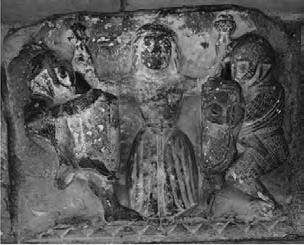

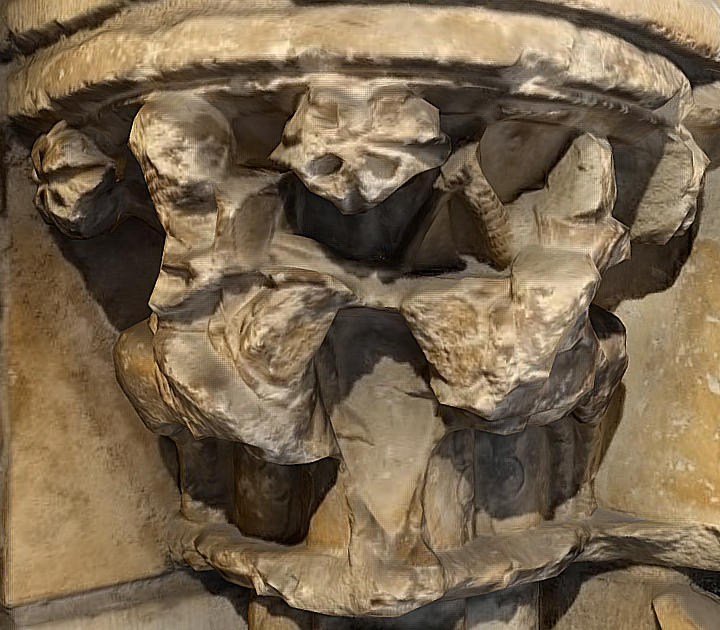
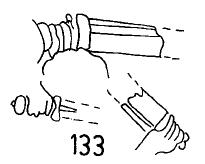
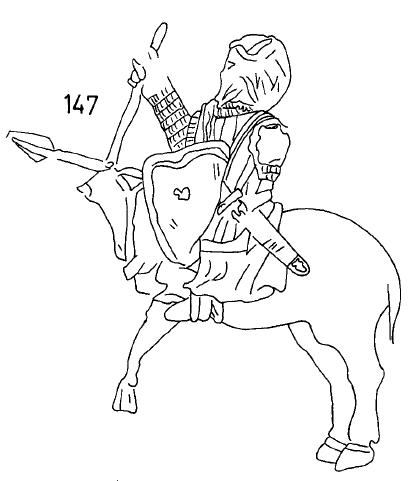
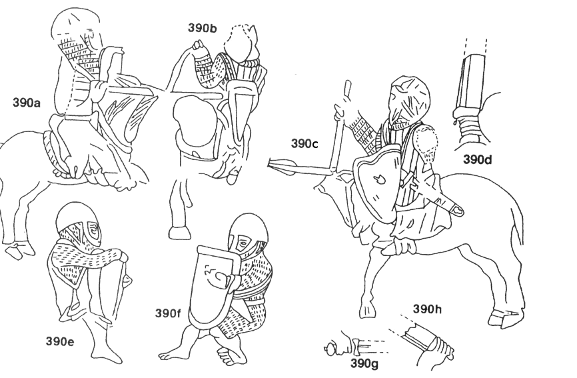
Referenced on pp.154-155, Arms and Armour of the Crusading Era, 1050-1350, Western Europe and the Crusader States by David Nicolle
390A-H Carved doorway from Church of San Vincente Martyr, Frias, Castile, mid/late 12th century
(Cloisters Museum, Metropolitan Museum of Art, New York, United States)
These carvings show combat scenes, some probably between Spaniards and North African Moors (A-C) and others probably between Spaniards and Muslim Andalusians (E-F). The Spaniards, who come from the right, are armed in round helmets, one clearly and one probably (A) having rigid face masks. They also have mail coifs and long-sleeved mail hauberks (E), and carry flat-topped kite-shaped shields, one with a prominent boss. The Muslims include a man wearing a small turban and a long-sleeved mail hauberk without a coif (B and C). This rider may also have a sleeveless quilted or padded garment reaching to his thighs. He thrusts with a broad-bladed spear and carries a straight sword, probably from a baldric (C). The presumed Andalusian infantryman is shown as ‘alien’ or ‘barbarous’ by his bare feet (F). Otherwise he is given basically the same arms and armour as his foe: the scabbard of a tapering sword hanging from a sword-belt, a flat-topped but round-based shield, and a round helmet with a fixed face-mask, secured by a chin-strap over a mail coif which forms part of a long-sleeved mail hauberk. Three other swords are also shown, all straight. Two have broad, straight quillons and rounded pommels (D and G), while the third is thrust like a dagger (H). It lacks quillons and also has no apparent pommel.
Referenced as a source for Plate E2: Andalusian infantryman, late 12th century, by Angus McBride in The Moors - The Islamic West - 7th-15th Centuries AD by David Nicolle & Angus McBride